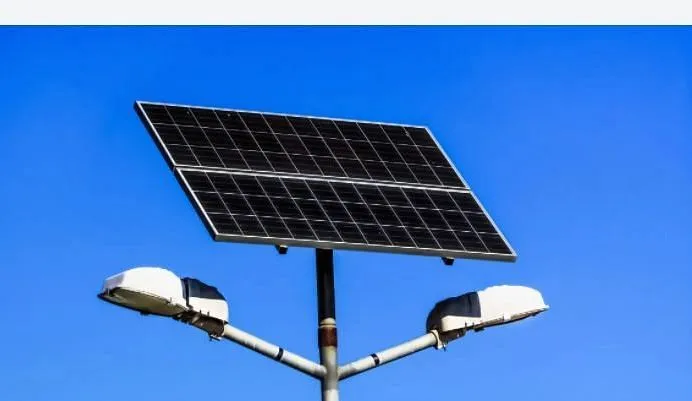Srinagar, Feb 28: Union Territory of Jammu and Kashmir has the potential to harness over 1.1 lakh Megawatts of solar energy.
As per the Energy Statistics India Report 2022, with the potential of 1.1 lakh MWs of solar energy J&K has the second-highest potential of harnessing renewable solar energy in India.
However, the report mentions that despite having a capacity to generate a huge quantity of solar energy, the UT is generating only 20.73 MWs of installed capacity of grid-interactive renewable solar power.
Rajasthan as per the report has the highest potential to harness 142310 Megawatts of solar energy.
So far, 23 States namely Andhra Pradesh, Assam, Chhattisgarh, Delhi, Goa, Gujarat, Haryana, Himachal Pradesh, Jammu & Kashmir, Jharkhand, Karnataka, Kerala, Madhya Pradesh, Manipur, Odisha, Punjab, Puducherry, Rajasthan, Tamil Nadu, Telangana, Uttar Pradesh, Uttarakhand, and West Bengal have come out with Solar Policy supporting grid-connected rooftop systems.
J&K administration in a bid to lower the carbon footprint of the Government buildings in Jammu and Kashmir has approved the installation of grid-tied rooftop solar power plants on Government buildings within Jammu city’s municipal limits by the Jammu Smart City Ltd. (JSCL).
As per a document this year the Ministry of Renewable Energy has set an ambitious target of installing 175 GW of renewable energy capacity by the year 2022, which includes 100 GW from solar, 60 GW from wind, 10 GW from bio-power and 5 GW from small hydro-power.
Renewable energy has started playing an increasingly important role for the augmentation of grid power, providing energy access, reducing consumption of fossil fuels, and helping India pursue its low carbon development path.
Ahead of COP 21, India submitted its Intended Nationally Determined Contribution (INDC) to the UNFCCC, outlining the country’s post-2020 climate actions. India’s INDC builds on its goal of installing 175 gigawatts (GW) of renewable power capacity by 2022. India has set a target to increase the country’s share of non-fossil-based installed electric capacity to 40 percent by 2030.
The INDC also commits to reduce India’s GHG emissions intensity per unit GDP by 33 to 35 percent below 2005 levels by 2030 and to create an additional carbon sink of 2.5 to 3 billion tonnes of carbon dioxide through additional tree cover. 1.2 At the national level, over the years, India has successfully created a positive outlook necessary to promote investment in, demand for and supply of renewable energy that includes Solar, Wind, Bio, Hydro and Waste to Energy. In addition to grid power, decentralized distributed renewable energy technologies provide viable options for meeting lighting, cooking and productive energy needs in rural areas.
Launched in January 2010, the National Solar Mission (NSM) was the first mission to be operationalized under the National Action Plan on Climate Change (NAPCC). Using a three-phase approach, the mission’s objective is to establish India as a global leader in solar energy, by creating the policy conditions for solar technology diffusion across the country as quickly as possible. The initial target of the mission of installing 20 GW grid-connected solar power plants by the year 2022 was enhanced to 100 GW to be achieved by the same target year.







